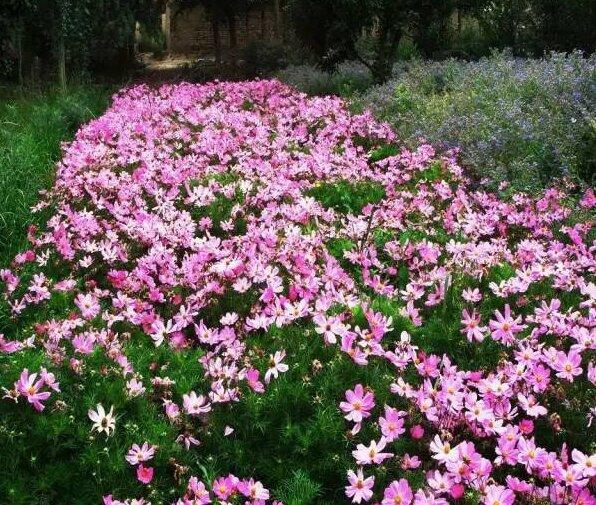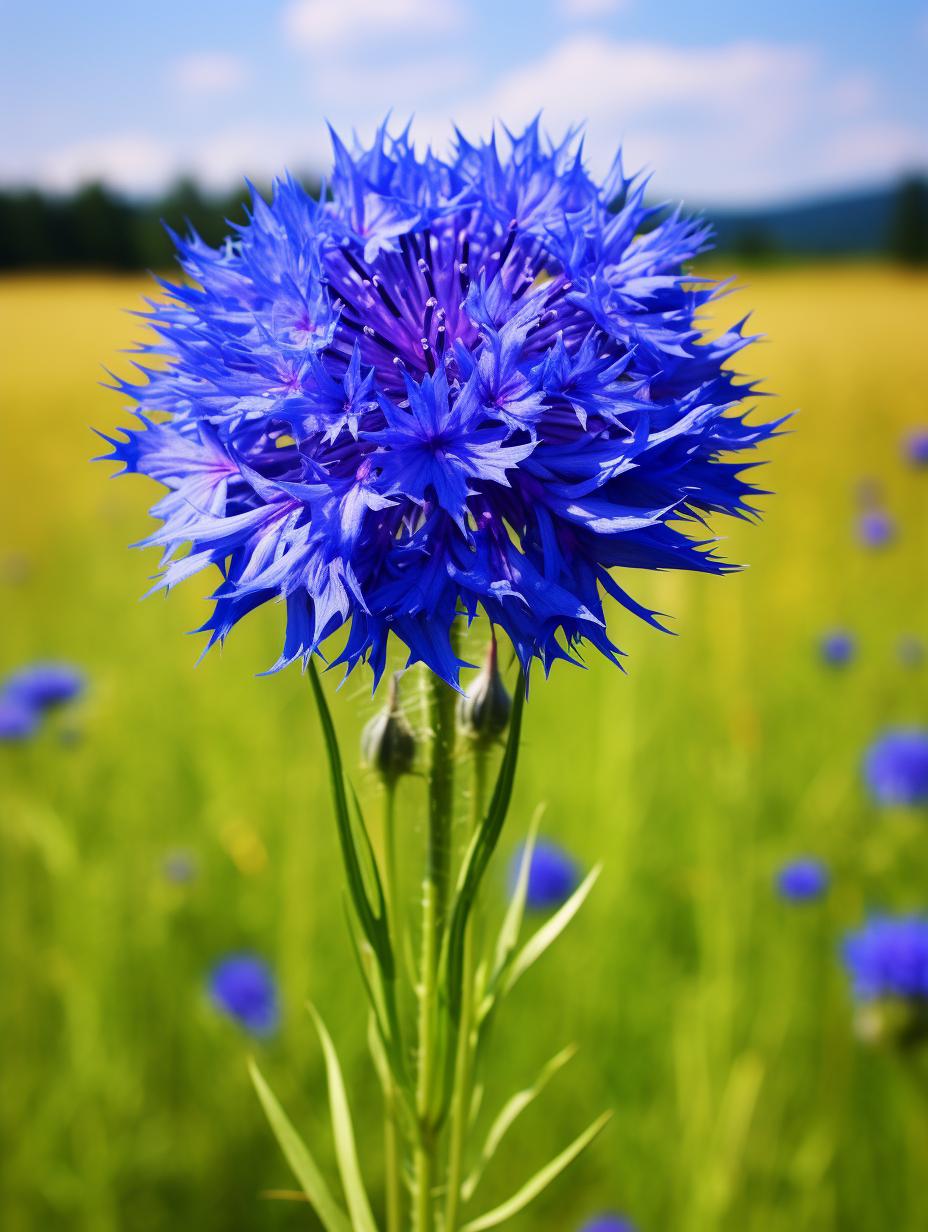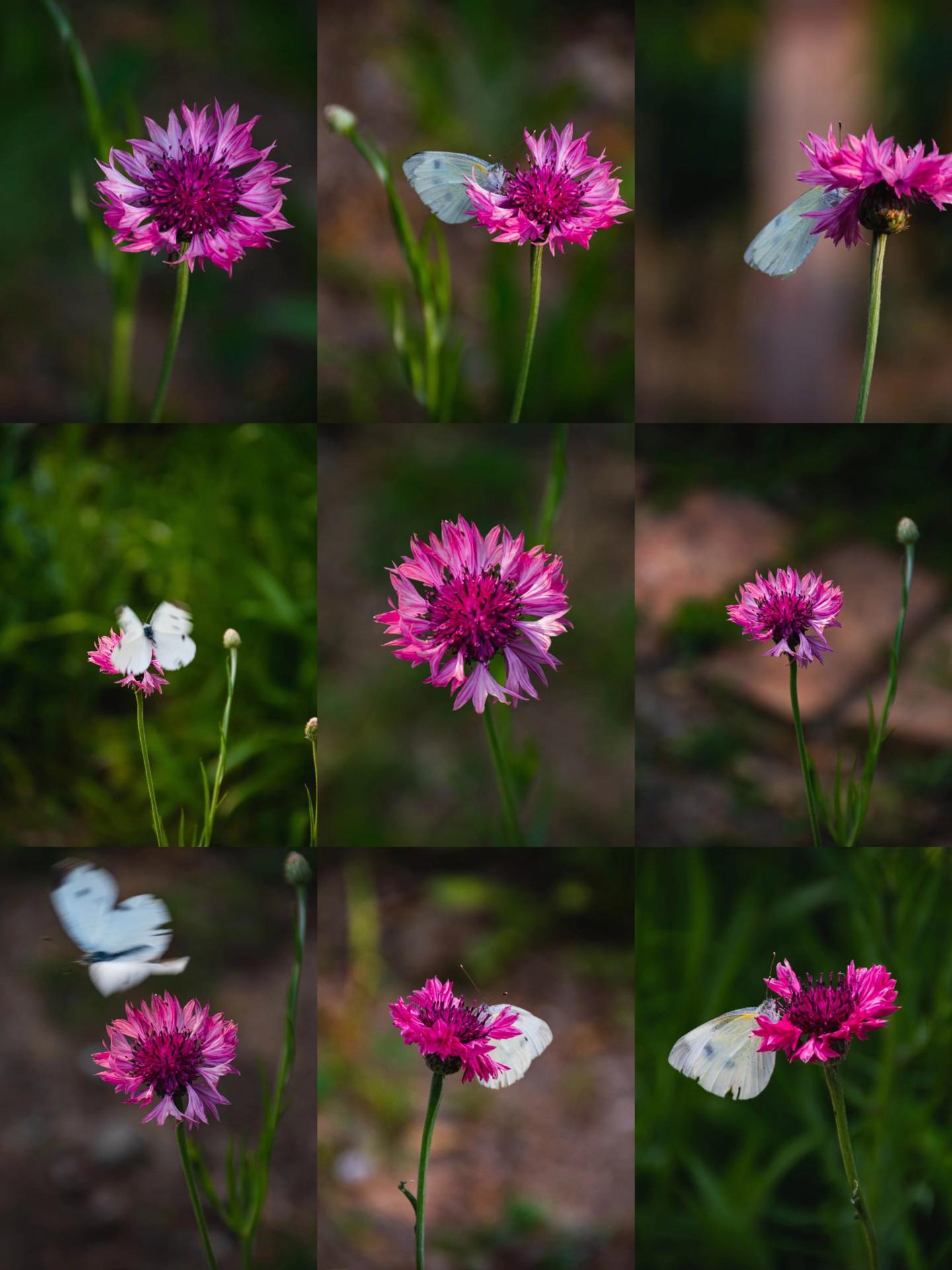Triphyophyllum, also known as the carnivorous “Monster Vine,” hides an intriguing tale. Native to the rainforests of West Africa, this extraordinary plant possesses unique adaptations. It lures unsuspecting insects with sweet-smelling nectar glands on its leaves, which secrete a sugary substance. Once the prey lands on the leaves, they become trapped in sticky hairs, unable to escape. The plant then secretes digestive enzymes, breaking down the insect and absorbing its nutrients. This fascinating process helps Triphyophyllum survive in nutrient-poor soils. Its remarkable carnivorous nature has captivated scientists and nature enthusiasts alike, making it a captivating subject of study.
Picture
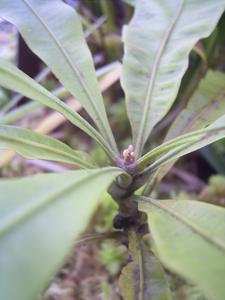
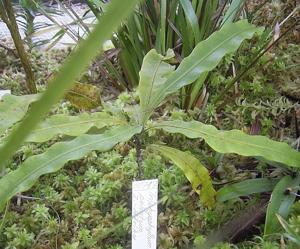
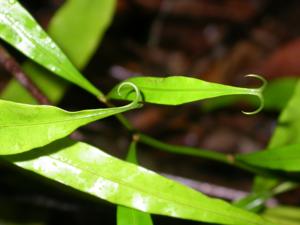
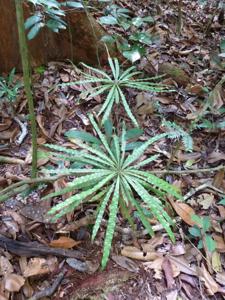
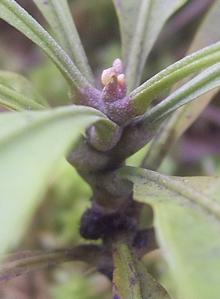

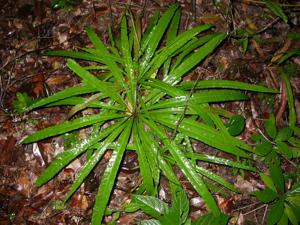
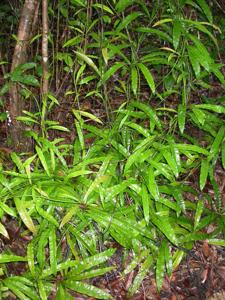
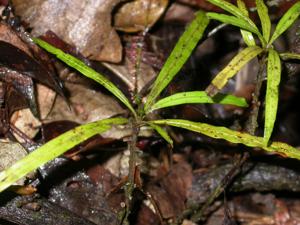
Plant some seeds now!
Multi-Colored Bachelor’s Button
Short Description
Triphyophyllum /ˌtrɪfioʊˈfɪləm/ is a monotypic plant genus, containing the single species Triphyophyllum peltatum of the family Dioncophyllaceae. It is native to tropical western Africa, in Ivory Coast, Sierra Leone and Liberia, growing in tropical forests.
It is a liana, with a three-stage lifecycle, each with a different shaped leaf, as indicated by its Greek name. In the first stage, T. peltatum forms a rosette of simple lanceolate leaves with undulate margins. It then develops long, slender, glandular leaves, resembling those of the related Drosophyllum, which capture insects; one to three of these leaves in each rosette. The plant then enters its adult liana form, with short non-carnivorous leaves bearing a pair of “grappling hooks” at their tips on a long twining stem which can become 165 feet (50 meters) in length and four inches (10 cm) thick. T. peltatum is the largest of all confirmed carnivorous plants in the world, but its carnivorous nature did not become known until 1979, some 51 years after the plant’s discovery. Its seeds are about 3 inches (7.6 cm) in diameter, bright red in color, disc-shaped, with a peltate stalk emerging from the fruit. Most of the seed’s development occurs outside the fruit. The fruit and seed develop from an orange flower with five incurved petals. As the seed dries out, its wide umbrella shape enables it to be transported on the wind.
Triphyophylum peltatum is currently cultivated in four botanical gardens: Abidjan, Bonn, Cambridge University and Würzburg. It is exceedingly rare in private collections.
Triphyophyllum compounds; top left: R = -H: Habropetalin A; R = -OH: Dioncophyllin A.; bottom left: Dioncophyllin; bottom right: Dioncophyllin C.

